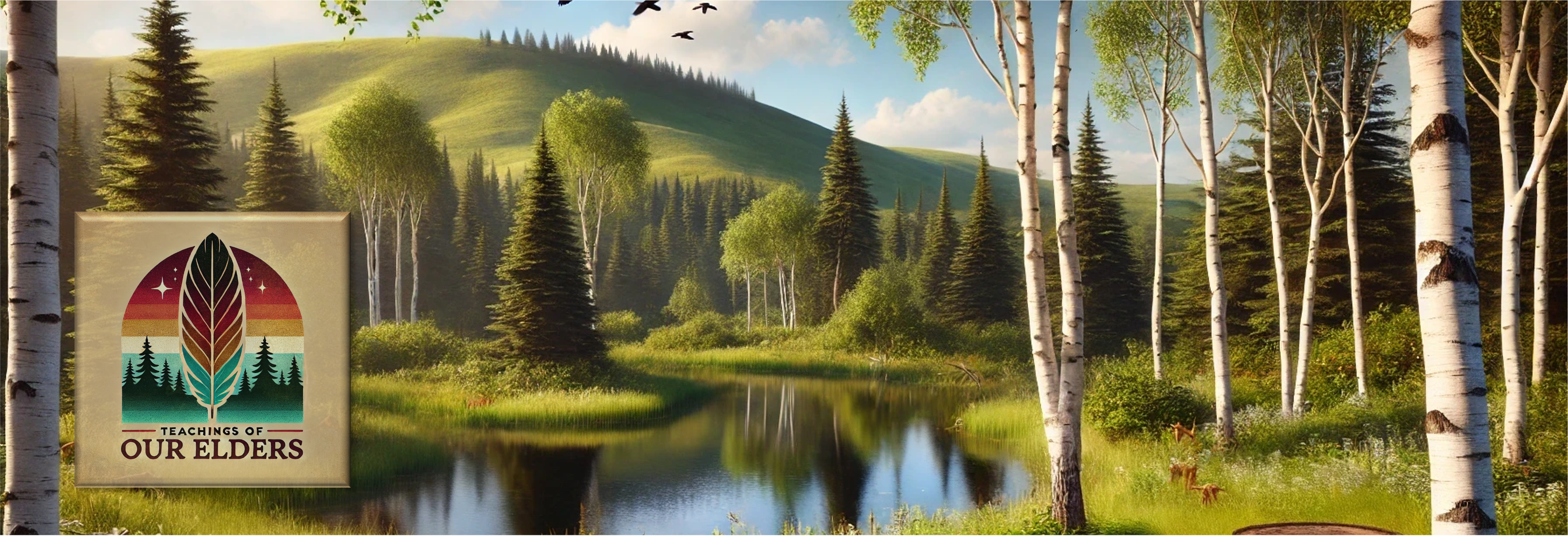| Inquiry Design Model (IDM) Blueprint™ |
| “What’s In a Name?” |
| NDNAEU 2 “Learning & Storytelling”, NDNAEU 7 “Native Identity” |
| Compelling Question | Where did get your name? |
| Standards and Practices | H.3_5.1 Compare and contrast multiple perspectives during the same time, event, or historical period. H.3_5.2 Describe how people’s perspectives shape history. H.3_5.3 Describe the North Dakota Native American Essential Understandings. G.6_12.3.1 Describe the differences and similarities among cultures around the world. US.6_12.1-6.E2.4 Explain the changing Native American federal policy and the impact on tribal sovereignty. US.6_12.1-6.E4.5 Compare and contrast how different groups competed for equality and the effectiveness of various movements. WH.6_12.1-6.E3.3 Examine and explain the influence of revolutions on social and political aspects of individuals’ lives. ND.6_12.2.1 Describe the structure, role, and formation of tribal governments, both present and past, in North Dakota. ND.6_12.3.1 Describe the early economic activities of our state prior to 1900 and how they developed into North Dakota’s modern economy. ND.6_12.4.1 Identify the Native American groups in North Dakota before European contact and describe their culture. ND.6_12.4.2 Analyze European exploration and early settlement of ND and its impact on Native American groups ND.6_12.4.4 Analyze the effect of government policy, both historical and modern, toward Native American groups in North Dakota. ND.6_12.4.6 Use various primary & secondary resources to acquire, analyze, & evaluate info. SOC.6_12.1-2.D2.1 Define and provide examples of culture. RL.2 Recount stories, including fables, folktales, and myths from diverse cultures to determine the central message, lesson, or moral and explain how it is conveyed through key details in the text. RL.9 Compare & contrast stories in the same genre on their approaches to similar themes & topics. RI.1 Quote accurately using textual evidence when explaining what the text says explicitly and when drawing inferences from the text. RI.2 Determine two or more main ideas of a text and explain how they are supported by key details. RI.7 Draw on information from multiple print or digital sources, demonstrating the ability to locate an answer to a question quickly or to solve a problem efficiently W.2 Write informative/explanatory texts to examine topic, convey ideas and information clearly. W.7 Conduct short research projects that use several sources to build knowledge through investigation of different aspects of a topic. SL.1 Engage effectively in a range of collaborative discussions. SL.2 Summarize a written text read aloud or information presented in diverse media and formats, including visually, quantitatively, and orally. SL.3 Summarize points made & explain how each claim is supported by reasons & evidence. SL.4 Report on a topic or text or present an opinion, sequencing ideas logically and using appropriate facts and relevant, descriptive details to support main ideas or themes; speak clearly at an understandable pace. |
| Staging the Question | Does your name tell others about you; your identity; who you are? How did you get your name? Did it come from someone you are related to? |
| Supporting Question 1 | Supporting Question 2 | Supporting Question 3 |
| How do Native Americans get their Indian names? | What is the story behind your name? | How do other cultures around the world get their name? |
| Formative Performance Task | Formative Performance Task | Formative Performance Task |
| Students will: • Watch video or read, Knots on a Counting Rope • Discuss how the boy got his name • Watch video, There’s Always a Story • Describe connections between how the boy got his name and how the elder got his name in full sentences. • Research naming activities of different Native America Tribes | Students will: • Re-watch video or read, Knots on a Counting Rope • Discuss why knots were tied in the rope • Watch video, Just Listen • Think, pair, share both the “learn about” and the” learn from” questions at the webpage • In a talking circle discuss connections between elder interviews and the story, focusing on the importance of listening and retelling stories • research how they got their names and the meanings behind them by listening to stories from family members. Students can use the “learn from questions” from There Is Always A Story To Tell” to guide their research. • Bring responses back to school to share | Students will: • Research naming activities in different cultures from around the world. • Choose 4 different cultures to compare and contrast their naming traditions with your culture. • Create a 4 tab foldable to record the information. |
| Featured Sources | Featured Sources | Featured Sources |
| Video: https://youtu.be/FgwmxMEiJ2U https://teachingsofourelders.org/theres-always-story-oliver-gourd/ https://www.kidsinthehouse.com/all-parents/values-and-beliefs/religion-and-spirituality/importance-naming-ceremony-tribal-cultures Reading: http://sweetgrasstraditions.tripod.com/customs.html | Video: https://teachingsofourelders.org/just-listen-oliver-gourd/ | https://www.babycentre.co.uk/a568884/baby-naming-practices-from-around-the-world https://www.huffpost.com/entry/baby-naming-a-global-trad_b_2322969 |
| SUMMATIVE PERFORMANCE TASK: Supported Claim (written/spoken) or Demonstration of Process (project-based) | From research, listening and storytelling, write a personal narrative on how you got your name. |
| SUMMATIVE PERFORMANCE TASK: Extension | Present narrative and 4-tab foldable |
| Taking Informed Action / Real World Application | As others have children, take part in the naming activities and listen to the stories so you can pass them on one day. |

